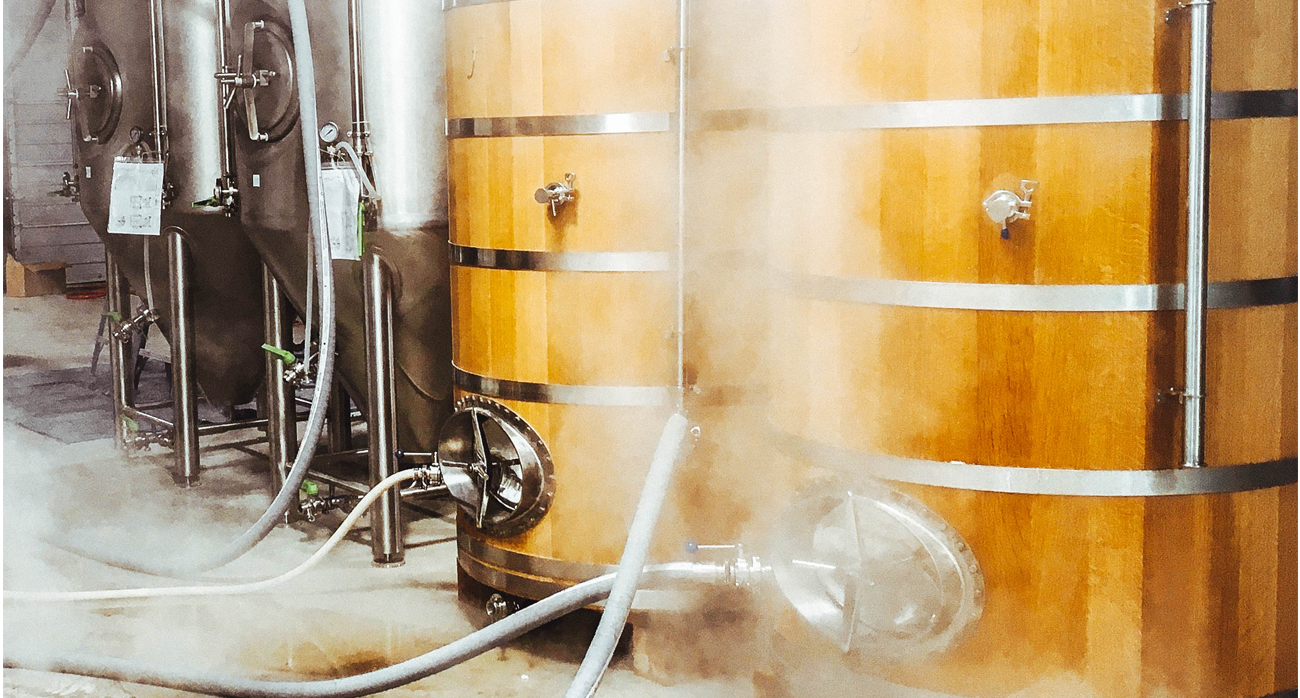
14 May What the Funk? What is a Foeder – Some Foed for Thought
What is a Foeder? Foeders themselves have been around a LONG time. The trend in beer, not so much. A recent renaissance in production of foeders in the last few years has increased availability of these big barrels.
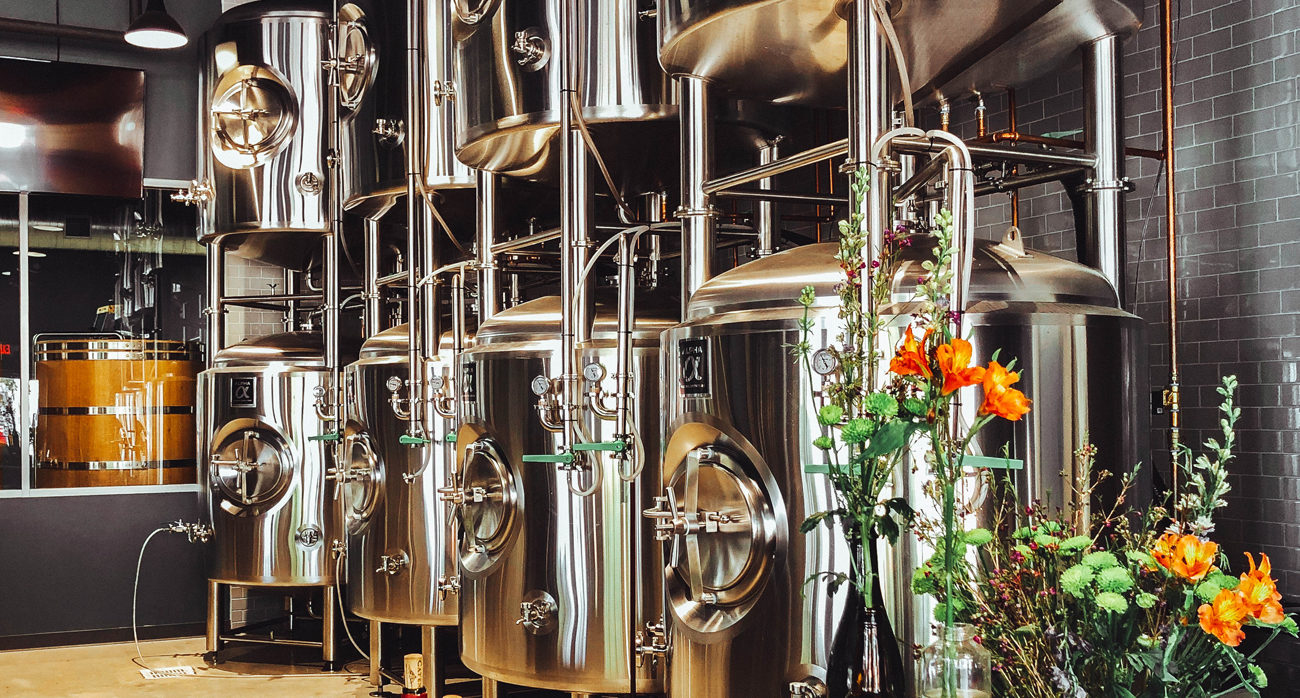
One thing many of us have right now is time. Whether it’s checking things off that “honey-do list” or merely catching up on sleep, COVID-19 has undoubtedly given those of us without kids some precious time. If you’ve added homeschooling to your WFH zoom schedule, we’re praying for you, but I digress.
Time is a huge factor for breweries too. A brewing schedule is pretty strenuous, and it costs money to wait on beers to finish up in the tanks.
However, some of our favorite styles take the longest to complete: lagers, barrel-aged stouts, and foeder beers. That’s why you see so few of them and prices for them are sometimes a little higher on average.
If you’ve ever asked what is a foeder beer, you’re not alone. Essentially, they are beers aged in a MASSIVE barrel that starts at a capacity of about 160 gallons. (For comparison, a regular wooden barrel of beer is around 60 gallons.) According to Beer Conneseur, “The world’s largest foeder belongs to the brewers of the aperitif Byrrh, in France. Though no longer operative, it once held up to 1 million liters (264172.052 gallons or 8386.414 barrels), and required 200 trees over the course of 18 years to complete.”
But what is a foeder then?
(Pronounced: FOO-ders), they’re basically huge barrels. The smaller a barrel is, the more surface area the beer comes in contact with, and the more oxygen can permeate into that beer. A bigger barrel means less surface area, less oxygen, slower aging, etc., and all of that can add up to a more consistent product.
Foeders themselves have been around a LONG time. The trend in beer, not so much.
A recent renaissance in the production of foeders in the last few years has made it both more available and more economical for breweries to get into the game. It also opens up a new avenue of exploration! *Beer nerds: begin salivating*
We’ve seen many styles come and go in that short amount of time. (RIP Black IPA. You were a real one.) But sour and funky beers have held strong.
Sounds like big barrels bring big opportunities.
So what’s the big deal about a big barrel and what even is this all about?
This, and MANY other questions, were best left to the experts, which is why we met up with Tom Ahlstrom and Michael Duckworth of True Anomaly Brewing (pre-COVID, of course) and got some notes from Matt Peterson of neighboring Sigma Brewing to understand the process better.
True Anomaly, co-founded by four former NASA interns, began as most breweries do, in a garage with some homebrew equipment.
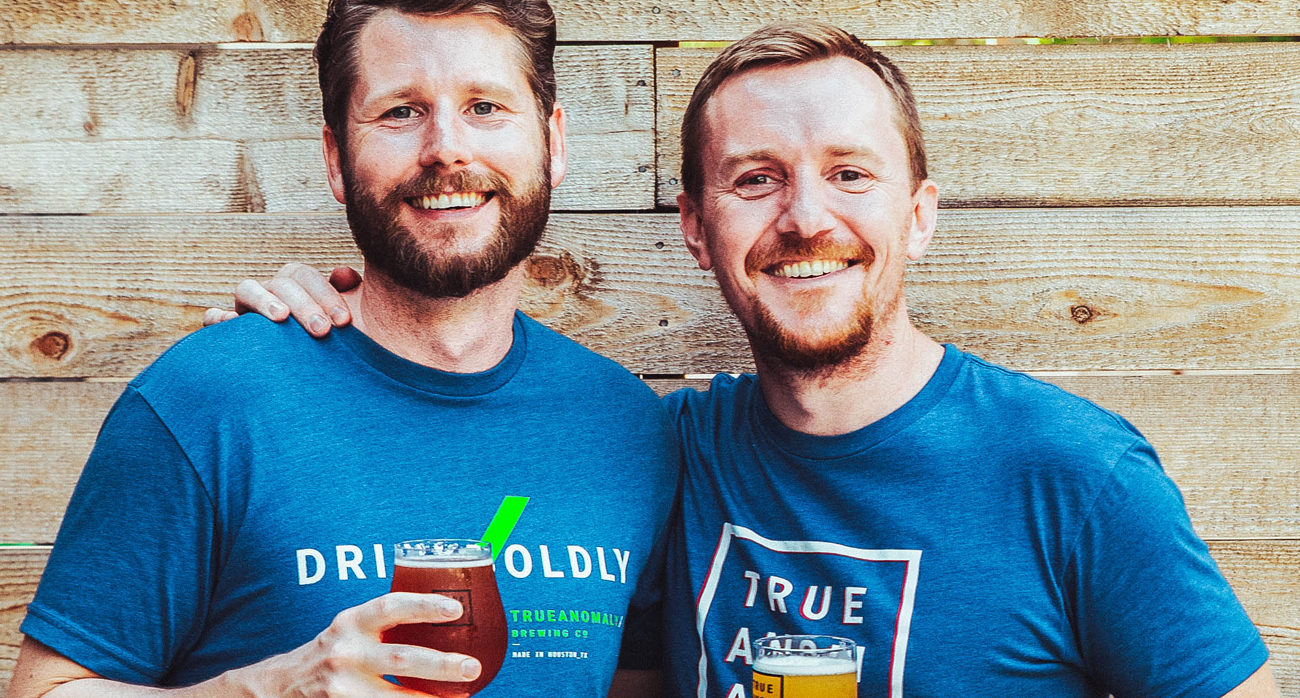
Literally inspired by stepping into the unknown, True Anomaly has been breaking personal barriers since conception.
One of those barriers was taking risks, and a barrel program is undoubtedly a risk, especially so early on. 11 Below’s annual Big Mistake Stout has a rich history behind the name, and it has a lot to do with jumping into the barrel game super early along in the business.
Barrels are expensive and filling them with beer that just sits ties up even more working capital, so if things go awry, it can be double costly.
Despite that, Tom, Michael, and the True Anomaly team knew that barrel aging beer would be a part of it from the start.
One of the lesser-known facts about foeders is that just about any beer style can be aged in one.
“Foeders go even further as they can be used for styles not typically associated with wood aging. Foeder Pilsners are even a thing these days,” Tom explained.
Not gonna lie… a foeder pilsner sounds a bucket list beer to us…
But size does matter as well (sorry fellas).
When it comes to barrel-aging beers, smaller barrels have a higher surface area to beer volume ratio. Therefore, more oxygen can seep into the beer.
Oxygen in beer is best avoided. Smaller barrels make it harder to control oxygen levels and can result in harsher flavors.
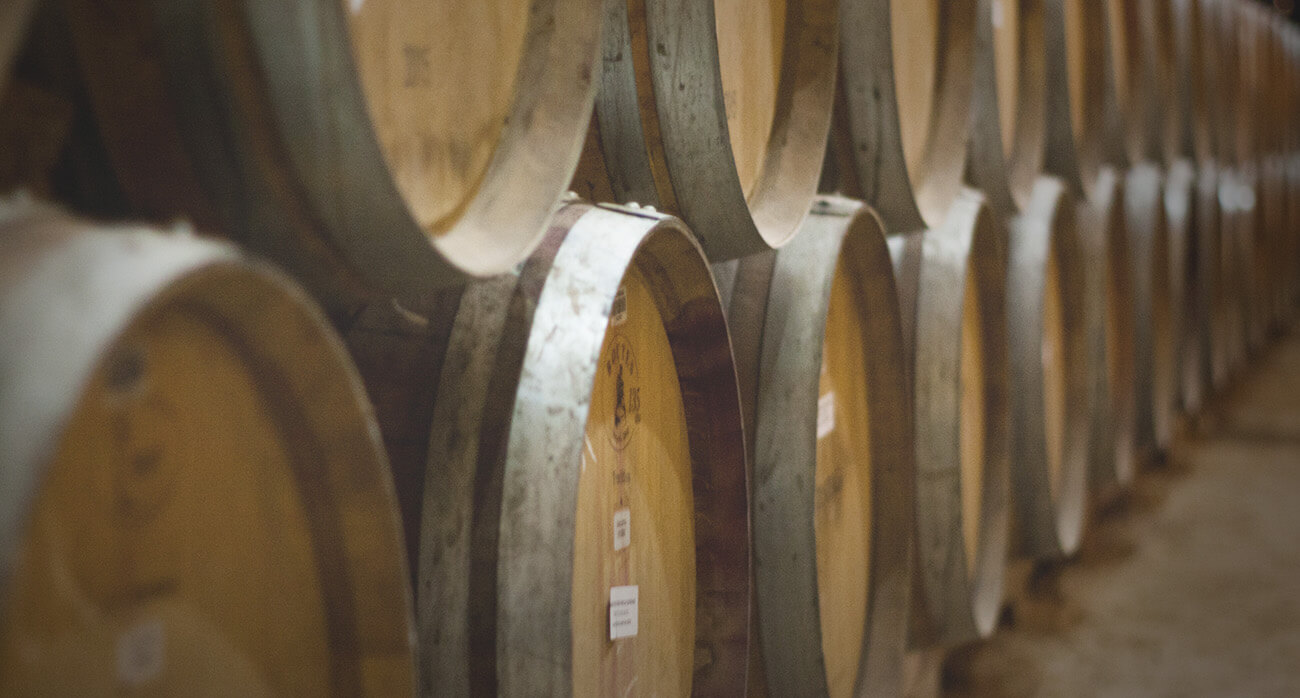
Foeders, due to their massive size, have a lower surface area to beer volume ratio, and this provides brewers with more control of the aging process.
“The smaller wood surface area to beer volume ratio in a foeder allows for more delicate styles to pick up just a hint of wood,” Tom told us.
So, we’ve got a giant barrel and a variety of beers to throw in it.
Now that we know what is a foeder, what should we expect in a foeder beer?
Well, that’s hard to say actually.
There are two important things to consider. First, find out if the barrel is American or French oak. Next, see if the beer is brewed with clean or mixed cultures. These two qualities form the backbone of every foeder beer.
According to Tom, “American oak will have a stronger vanilla and coconut flavor, and in general, just have a stronger wood flavor. French oak is much more subtle and soft, and will be more of a background note.”
Many people automatically (and sometimes incorrectly) associate foeder beers with Brettanomyces yeast, with its funky tartness, as well as other souring bacteria.
Brett beers are mixed culture beers which differ from clean foeder beers that simply pick up oak notes from the wood, but True Anomaly is all about those mixed cultures, by the way.
“We knew we wanted to have a mixed culture aging room from the very first stages of our business plan development. Our barrel program is a large part of that, but foeders are a great way to keep our house cultures active,” said Tom.
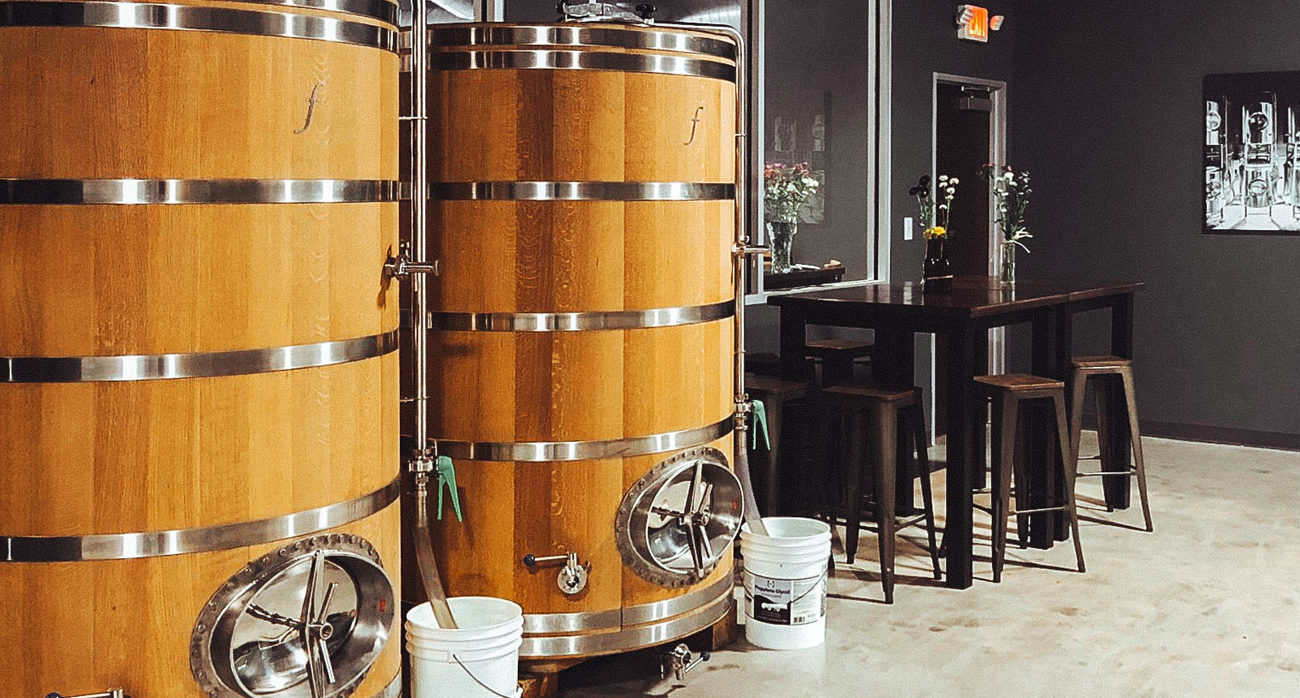
In the Houston area, foeder beers were non-existent before True Anomaly and Sigma got their hands on some big wood.
The guys over at Sigma Brewing picked up a 20 bbl French Oak foeder from de Garde Brewing last November with help from their distributor.
Their plans are unique when it comes to foeder beers. Solera brewing is the process of filling a vessel with beer, then “emptying it by about half each time it is ready into another refermentation tank to referment on fruit,” according to Matt Peterson of Sigma.
As they rack more green beer into their foeder, the biome inside will constantly cultivate and develop their foeder.
Matt told us, “We intend on cultivating an ever-evolving colony of yeast in our foeder, allowing the beer produced to drift in different directions as the biome inside changes its makeup.”
Sigma has been working on their own yeast strains as well, including a proprietary strain of saccharomyces that they isolated from Finca Tres Robles, which is right here in our own backyard in the Second Ward.
“As our capabilities grow, we would love to keep experimenting with wood, fermenting lagers, stouts, and many other types of beer in foeders.”
Experimentation is a huge part of brewing. Adding foeders is yet another layer of variables in the experiment, and they can result in flavors never before seen in our city.
The same can be said for True Anomaly.
“We knew at True Anomaly that foeders were a great way to bring the Saison and sour beer flavors that we love to the Houston market,” Tom explained.
They were absolutely right.
However, foeders come at a cost.
The vessels can be purchased either brand new or from wineries who had been using them for very similar purposes.
Regardless of their condition, they ain’t cheap. Depending on the size, costs start at roughly $7,000 and can easily reach DEEP into the 5-digit arena.
True Anomaly currently has two foeders in their facility, both of which are filled with two of their house cultures.
Tom told us, “We can use these foeders essentially as holding tanks for sour beer on the way to barrels, or for unique foeder offerings.”
To get an idea of how these foeders are used, check out beers such as Oliver Wilder, a Brett-focused rye Saison, and Amelia, their Lithuanian Farmhouse.
Both of these beers beautifully demonstrate how simple changes in cultures and brewing processes can affect the final product.
So, this sounds like brewing, but with extra steps. The results are legit though. Why isn’t it more popular?
Just like we talked about in the beginning, it comes down to time and money. Brewing an IPA, a warmer and quicker fermenting beer, is much quicker and cost-efficient. Especially for any breweries serving them up a little too green, maximizing on tank space in the hopes that consumers will age them a bit further.
“A new foeder (or often a used foeder from overseas) will cost roughly the same as a new stainless steel fermenter.”
A stainless fermenter can turn a batch of beer around a lot faster than a foeder would.
“A much stronger business case can be made for the stainless fermenter as a lot more beer can be produced in a shorter amount of time,” Tom pointed out.
That means lower costs and faster cash in hand, like the IPA example, although that’s only one type of ale that fits easily into a stainless fermentor. Either way, it makes complete sense.
As beer consumers ourselves, we know that our tastes are ever-changing. One day we’ve got the haze craze, and the next day, it’s time for an ice-cold Mexican lager. And on other days it’s both, but the order might change.
True Anomaly understands this and feels that taking the risk with foeders and experimentation is the way to go.
“We believe investing in new and innovative flavors, and styles that aren’t as common is a smart move, and we’re seeing this become more common within the craft beer market.”
What Does a Foeder Do?
A foeder is like a master conductor in a symphony orchestra. It plays a vital role in the aging process of beer, transforming ordinary brews into remarkable creations. These oversized wooden vessels act as a canvas where beer and wood engage in a slow dance of flavors, imparting depth, complexity, and character.
The Difference Between a Barrel and a Foeder
Now, you might wonder, what sets a foeder apart from a barrel? Think of a foeder as the wise old sage and a barrel as the nimble acrobat. While both contribute to wood-aged goodness, foeders are larger, sometimes colossal, containers often made from oak. This size difference allows for a more gradual interaction between beer and wood, resulting in a mellower, more balanced flavor profile.
What Does Foeder Beer Taste Like?
Ah, the taste! Foeder-aged beer is like a secret whispered by time itself. The extended aging period in these wooden behemoths allows the beer to absorb intricate flavors from the wood – notes of vanilla, caramel, and even a hint of earthiness. It’s a symphony of tastes, each sip revealing new layers that dance harmoniously on your palate.
What is Foeder Aged?
Foeder-aged beer isn’t just any beer; it’s a symphony of craftsmanship and patience. Brewers carefully select certain beer styles, like sour ales or Belgian-style brews, to benefit from the foeder’s magic. The wood imparts its unique essence, elevating the beer to a whole new level of excellence.
What is an Oak Foeder?
An oak foeder is a majestic vessel made from the revered oak tree. Oak is the maestro of wood types, offering a delicate interplay of flavors to the beer. The porous nature of oak allows for a gentle exchange, gradually infusing the beer with its rich characteristics.
Why is Red Oak Not Used for Barrels?
Here’s an interesting tidbit – red oak isn’t typically used for barrels or foeders. Unlike the revered white oak, red oak doesn’t possess the same compounds that lend depth and complexity to the beer. It’s like the difference between a soloist and a full orchestra, with white oak being the conductor of a grand performance.
What is the World’s Largest Foeder?
Hold onto your pint glasses, because the world’s largest foeder is a true spectacle. This beer colossus, residing in Belgium, stands a staggering 100 feet tall, with a capacity of over 300,000 pints. It’s not just a vessel; it’s a monument to the art of foeder aging.
The Difference Between a Foeder and a Foudre
The line between a foeder and a foudre is thin, like the froth on a well-poured pint. Both are oversized wooden containers that weave their magic on beer, but a foudre is simply grander in scale. Think of it as the difference between a sonnet and an epic saga – both beautiful, but one carries a touch more majesty.
What Size is a Foudre?
Now, you might have heard the term “foudre” tossed around in foeder conversations. Essentially, a foudre is just a larger-than-life foeder. Picture a foeder on steroids, and you’ve got a foudre – a majestic vessel capable of transforming vast quantities of beer into liquid poetry.
How Long Can You Age a Sour Beer?
Ah, sour beer – the darling of the craft beer world. When nestled in a foeder’s embrace, sour beer undergoes a transformation worthy of a fairy tale. The aging period can vary, from a few months to several years. It’s a journey of patience and anticipation, resulting in a beer that’s as enchanting as it is flavorful.
Conclusion
We, at Beer Chronicle, LOVE new things in this industry, especially when they’re happening in our own city! It’s non-stop for sure. Even though our fridges are full, our appetites aren’t. Plus, I’m a fridge organization expert, so maybe it’s time for that second beer fridge? Maybe? (Good God, we hope none of our wives are reading this or dinner’s gonna be awkward tonight.)
With that being said, we hope foeder beers become more of a thing in Space City because there’s room for them in terms of market demand and in terms of innovation.
Tom and team agree. “We think the best way to do that is to bring more of them to market so the Houston craft beer drinker can see what they have to offer!”
Foeder beers offer a new experience to even the elite 1% of beer drinkers.
The concept may seem simple, but the results almost never are.
Check out a foeder beer next time you find one. If you need some help, you’re in luck!
True Anomaly is currently running a presale on their first-ever bottled beers: Freedom 7 and Freedom 7 Drei. Both are tart saisons aged in American oak with mixed cultures.
We look forward to hearing about it!
Beers to you, Houston

Brent is originally from Ohio but has been in Houston for over 10 years. As an Aggie, musician, animal advocate, and Lego collector, he always has something going on. If you have an imperial stout, come find him. He’ll want to add it to his insatiable beer spreadsheet.


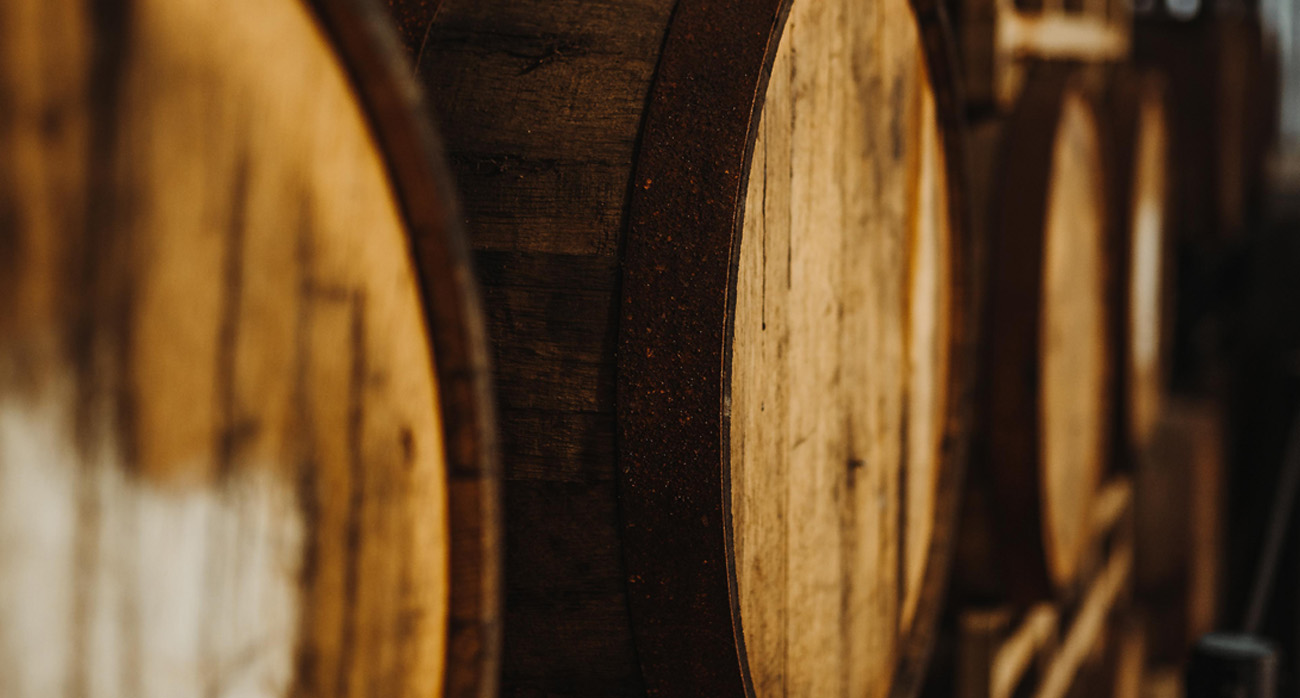
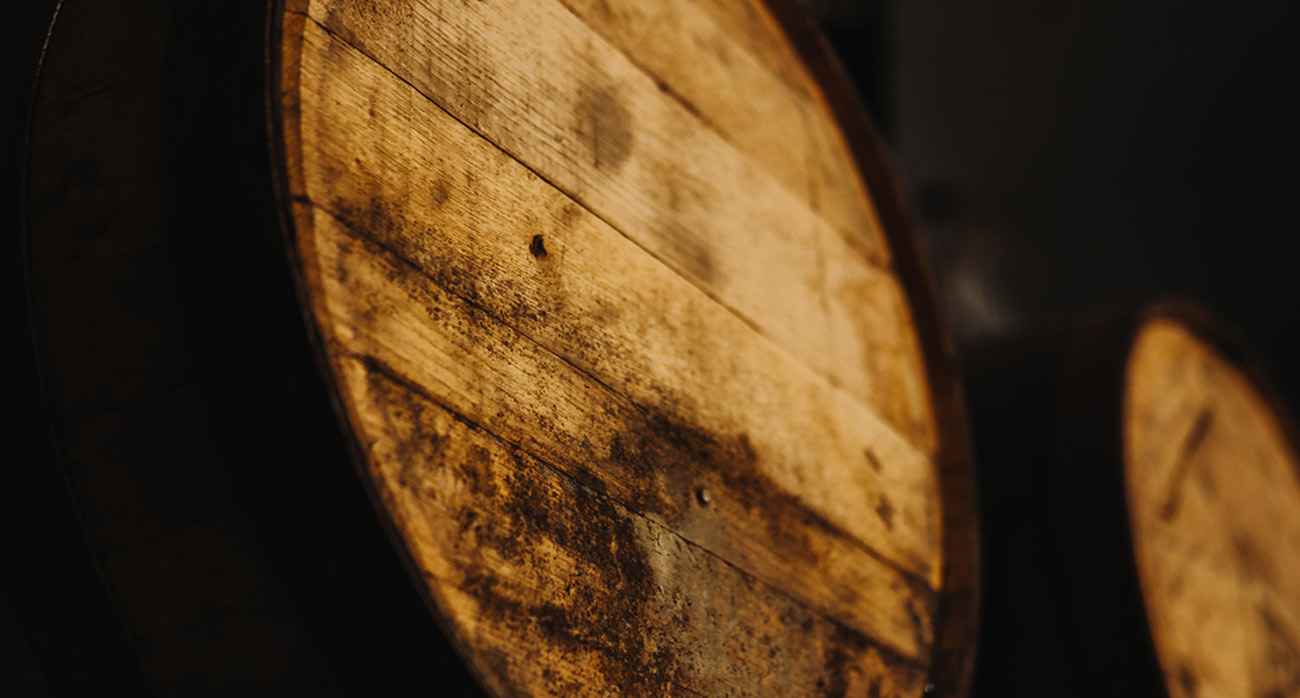

Pingback:The Nuance Behind Barrel-Aged Beers That You May Not Have Known
Posted at 09:11h, 02 July[…] will pick up the barrel flavors more quickly because there’s a higher surface area to beer ratio. Foeders, essentially MASSIVE barrels, impart less into the beer due to their […]
Pingback:Houston GABF Winners 2021 - We Love Houston Beer and Denver
Posted at 09:24h, 17 August[…] Co. pulled up again knocking the wood and barrel-aged sour beer outta the park thanks to their foeder prowess as Sea of Waves that earned gold. They also brought home a silver for Scout, their […]